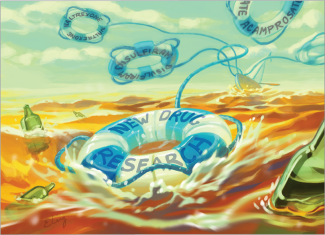More Treatments on Deck for Alcohol Use Disorder

Thirteen years have passed since the US Food and Drug Administration (FDA) last approved a new medication to help the nation’s millions of people with alcohol use disorder (AUD) stop or moderate their drinking.
Only 3 such formulations exist, and 1, disulfiram, dates to the Prohibition era. Known commercially as Antabuse and introduced in 1923, it makes people memorably ill if they ingest alcohol, but it doesn’t stop the cravings. The other 2, naltrexone and acamprosate, approved in 1994 and 2004, respectively, can alleviate cravings but only in some people.
Attempts are under way to remedy this lack of options. At least 5 promising, if mostly repurposed medications, are at some point in the pipeline as the National Institute on Alcohol Abuse and Alcoholism (NIAAA) steps up efforts to bring more therapeutics to the marketplace. One of those is a familiar name, gabapentin. The 1990s-era anticonvulsant, which has shown some efficacy against alcohol addiction in early studies, was the subject of a just-completed national trial sponsored by the NIAAA. The final results of the trial are still being analyzed and will not be reported for several months, but Raye Z. Litten, PhD, acting director of the NIAAA’s Division of Medications Development and principal investigator of the trial, says the agency is “excited.”
